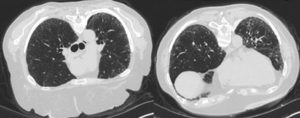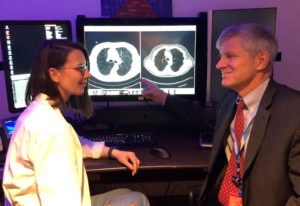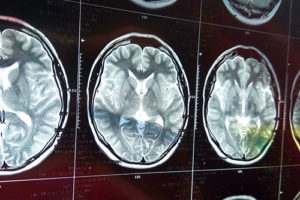Care Model Has a Critical IMPACT on Patient Care in Psychiatry

For over 20 years, the Improving Mood-Promoting Access to Collaborative Treatment (IMPACT) model has offered improved care for patients in need of psychiatric care in the primary care setting. At Brigham and Women’s Hospital, a collaborative care paradigm modeled on IMPACT is in the final stages of being rolled out to primary care practices throughout the system.




 A research team from the Department of Neurosurgery at Brigham and Women’s Hospital has published its step-by-step “recipe” for combining microRNAs into genetic therapies. The new publication comes on the heels of earlier work that shows promise for a potential glioblastoma (GBM) gene therapy. In sharing their technique, the researchers hope to help others create transgenes that could target virtually any complex molecular pathway in a broad range of tumors and other disorders.
A research team from the Department of Neurosurgery at Brigham and Women’s Hospital has published its step-by-step “recipe” for combining microRNAs into genetic therapies. The new publication comes on the heels of earlier work that shows promise for a potential glioblastoma (GBM) gene therapy. In sharing their technique, the researchers hope to help others create transgenes that could target virtually any complex molecular pathway in a broad range of tumors and other disorders.
 The
The  The landmark
The landmark 